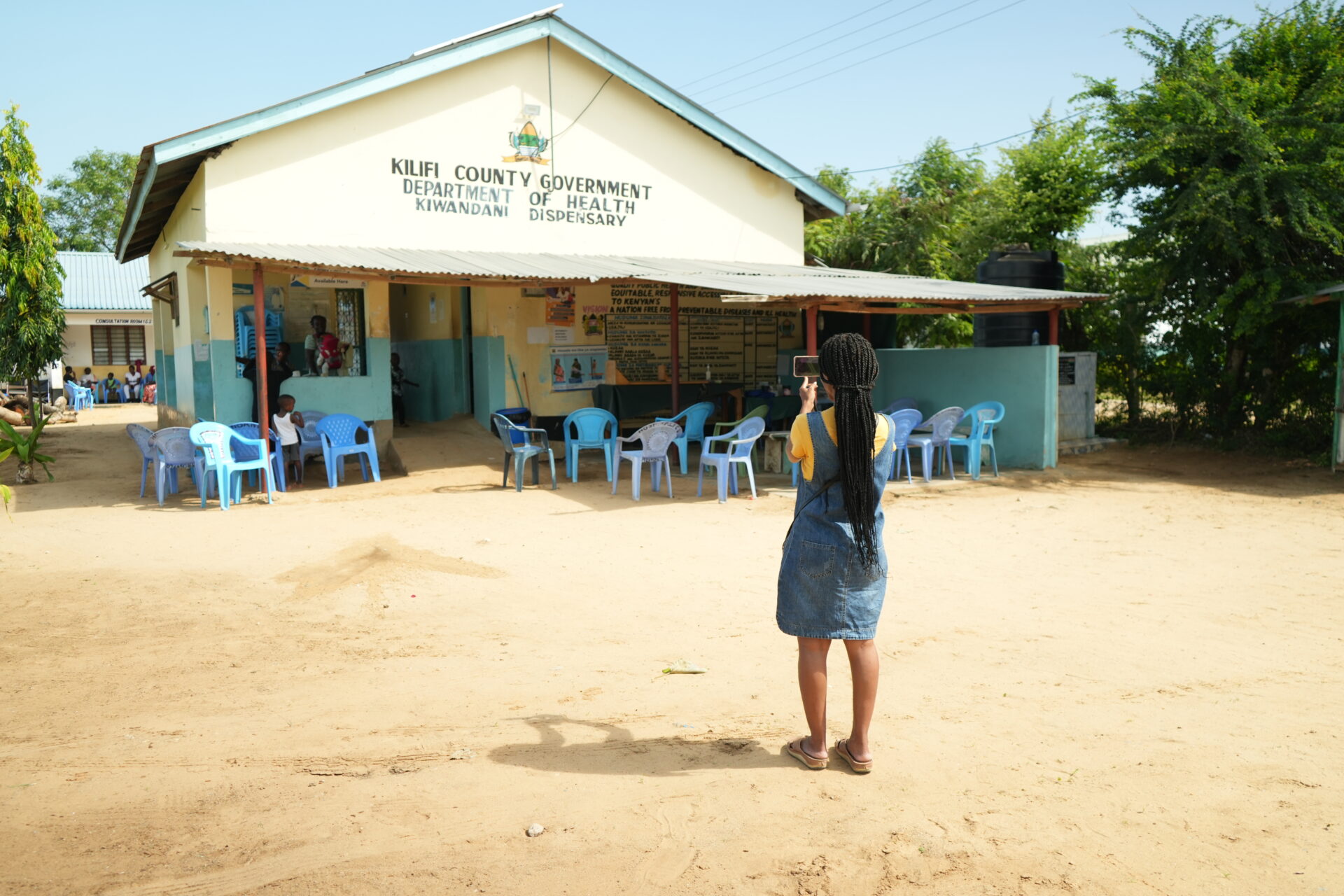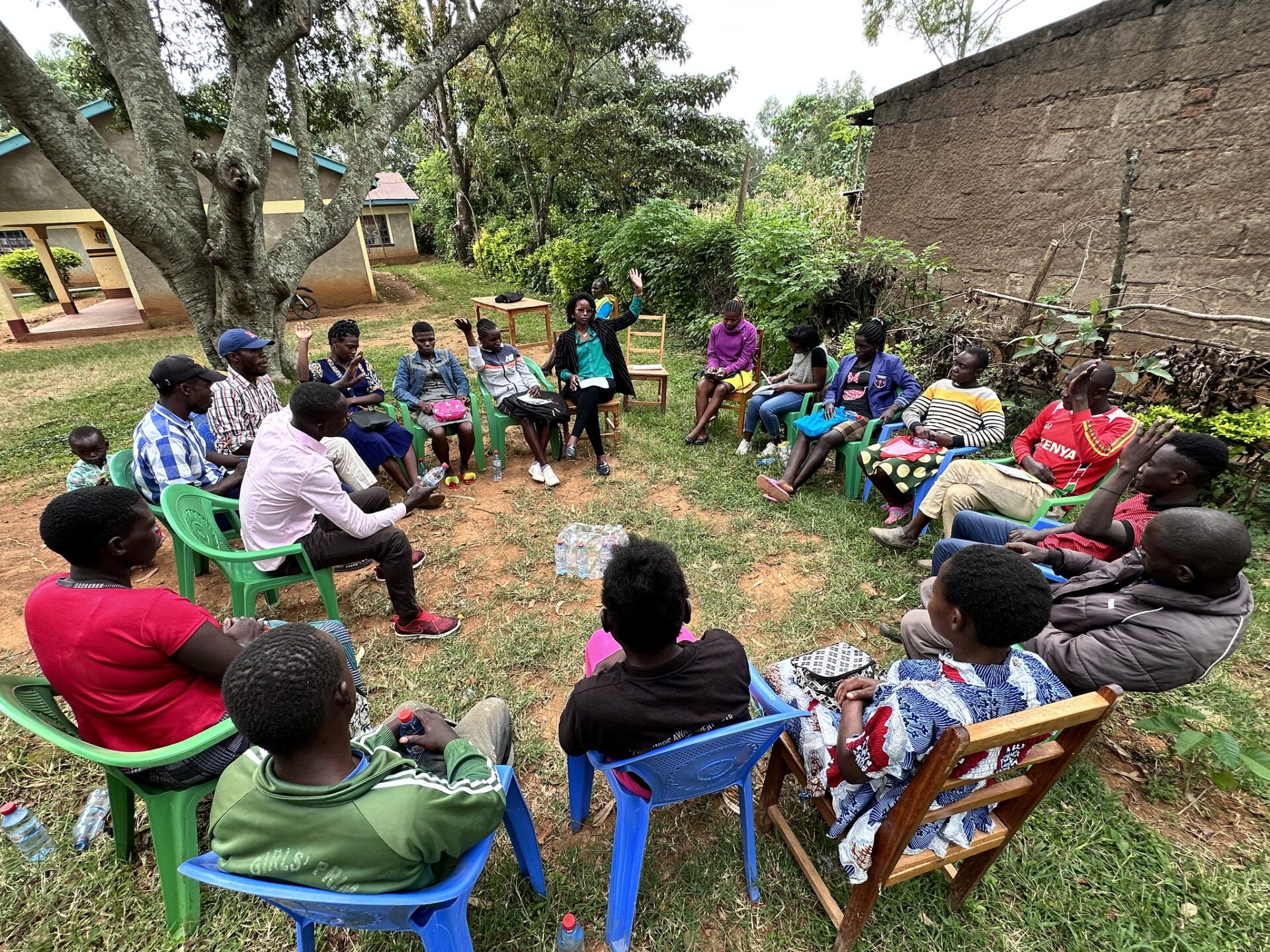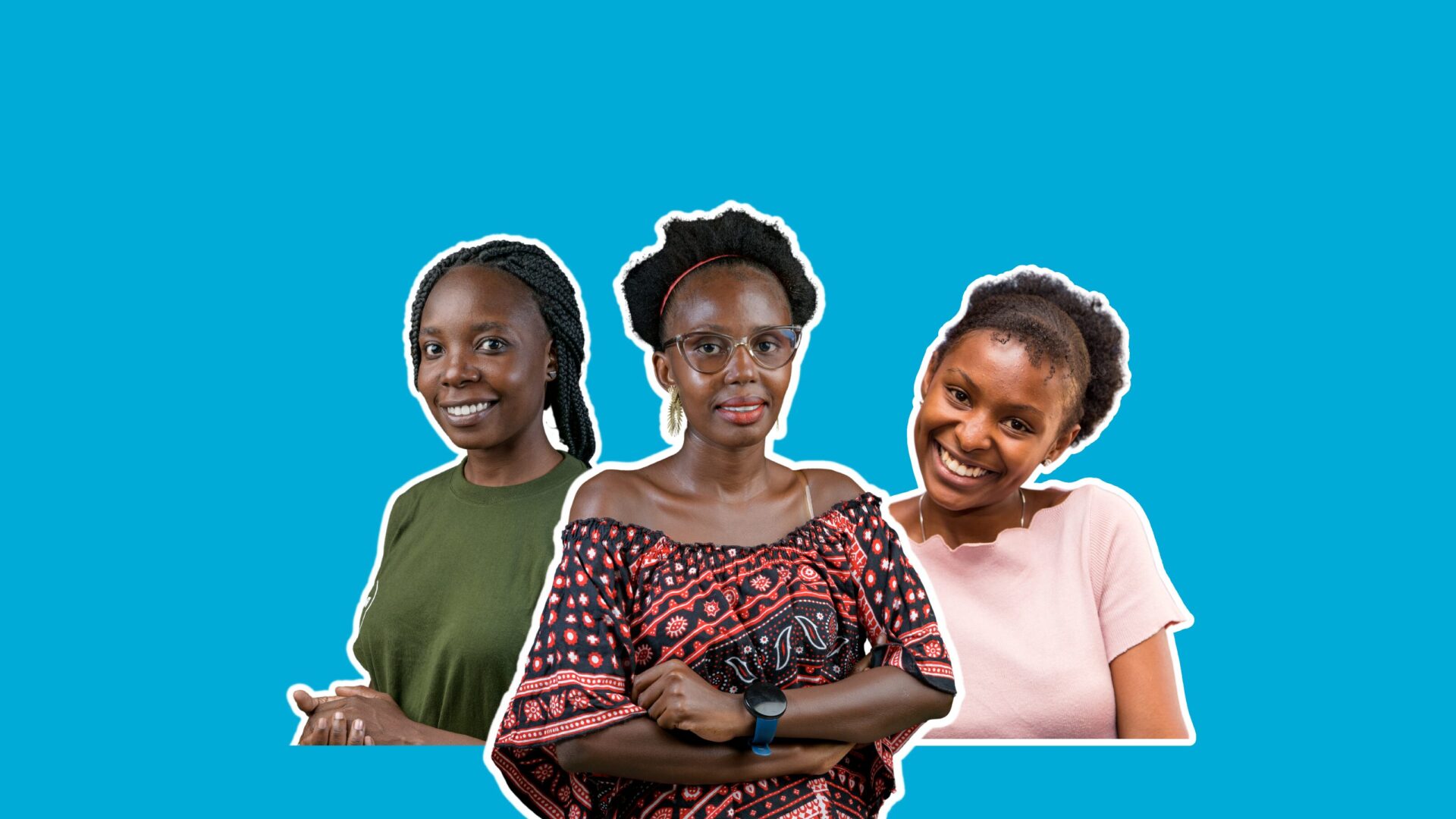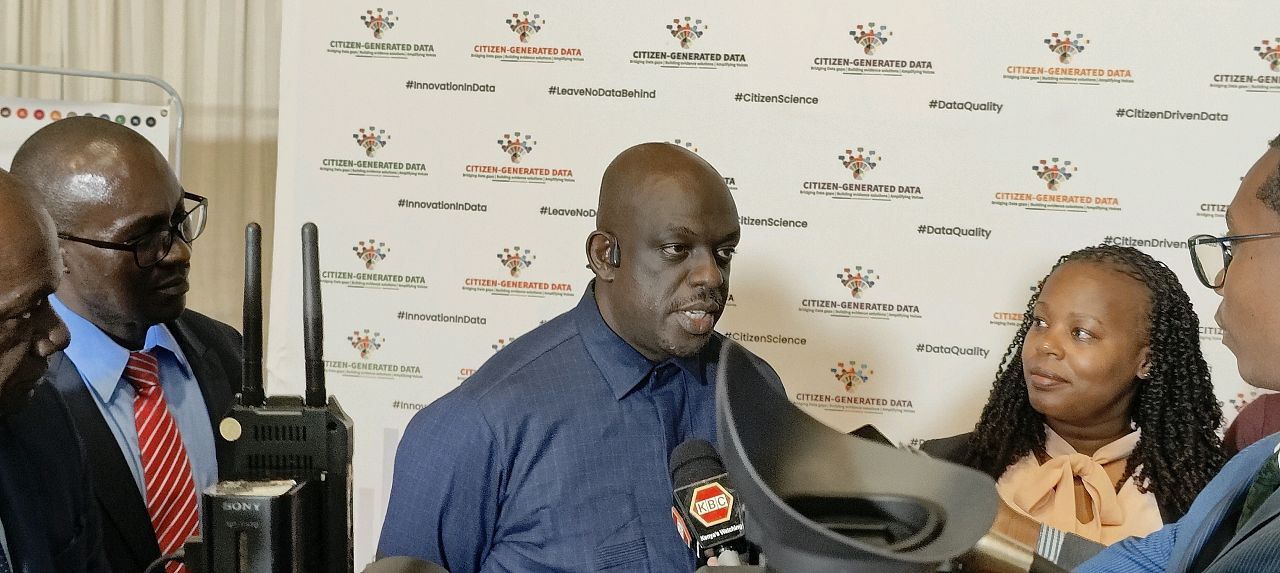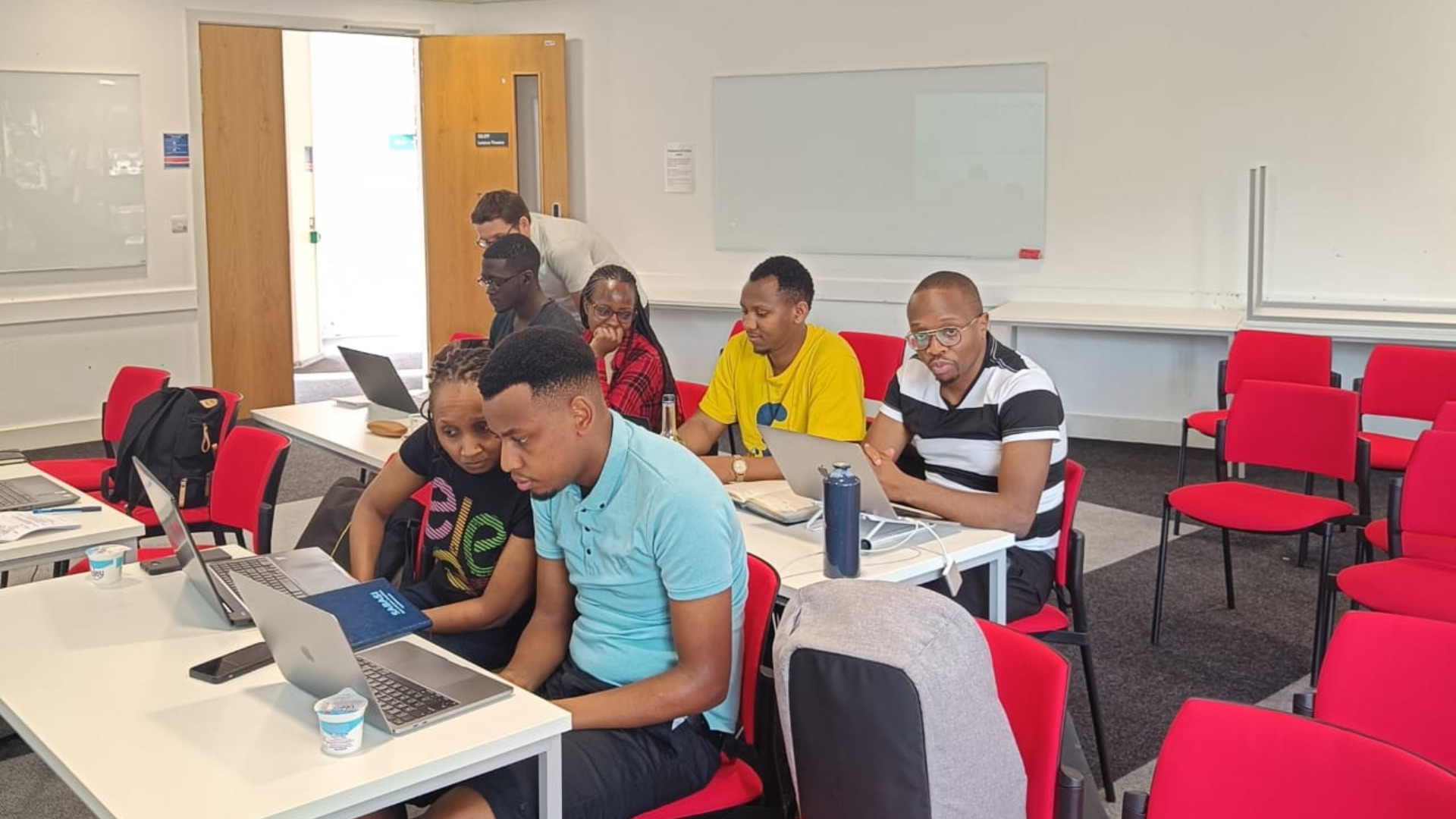One of the things my boss keeps saying is that our organization is open. Open to one another, open to our stakeholders/partners and open to share our success, struggles, challenges and learnings. I will admit that I am an honest person, but I still struggle to live in this kind of open culture. Hear me out.
The Open Institute embarked on remote working in March 2020 when the first case of COVID-19 was announced in Kenya. However, staff still had access to the physical office until December 2020 when the trustees made a decision to let go of the physical office and transition to a fully remote working organization. To support this concept and ensure staff are actively connected, engaged and productive, we designed a number of initiatives as follows:
- Designed a new culture map
- Weekly staff meetings held every Monday
- Culture activities conducted every Friday as follows:
- Staff training – 1st Friday of the month
- OI rest day – 2nd Friday of the month
- Innovation Day – 3rd Friday of the month
- Wellness Day – 4th /Last Friday of the month
- Provision of resources to all staff to support their working from home including airtime, internet and power backup systems
Well, I will admit it has been quite an experience; one that I have wondered how to document and share especially because I keep hearing my boss’s voice in my head, “we are open, document the good and the bad without fear”. So here is our experience of being a fully remote working organization and the things we are learning.
Remote working is not for everyone
Truth be told, remote working is not everyone’s cup of tea. To be productive and fully engaged requires motivation, discipline, follow through and a conducive home environment. Whilst we have invested in providing the necessary resources to our teams, we do not have control of everything. Some of our team’s diversity is in the areas of age, gender, marital status and personality all which have a direct influence on adoption of remote working and productivity. Some staff totally love that they can work from their homes without constant interruption that used to happen in the physical office. They are glad they are no longer being called to ad hoc meetings or brainstorming sessions. They are glad that they have their private spaces and don’t have to listen to the chatter of others or engage in conversations all the time. They like to be alone and remote working has been a gift for them. They love that they don’t have to sit in for hours battling traffic to get to the office, not to mention the dressing up. Consequently, some of them have become more productive as they are able to manage their time and schedule their tasks accordingly.

For others, it’s not been an easy transition. Physically coming to work was a good motivator. Some have sanguine personalities and hence derive energy from people. They miss the physical connection, the side chats on last night’s football game or what’s trending on Twitter as well as the side bars on work projects that motivated creativity and innovation. The change of physical environment stimulates their performance and so remote working feels like being “stuck at home”. They miss the dress up and just getting out of their homes. They miss the conversations and the awesome and very healthy lunch we used to have. Missing these things has made some of them lonely, because they thrive with people, and with loneliness, it is very easy to get depressed.
Remote Working & Staff Productivity
One of the tools we adopted to help with productivity is a project management system called Asana. The web and mobile application helps us plan, track and manage our work as individuals and across teams. It also helps team leaders know what their team members are working on. The tasks we input on Asana are derived from our work plans which were set by team leaders in January 2021.
Well, even with a clear and perhaps simple tool such as Asana, it has not been easy onboarding everyone to be on the same page. Some staff felt like Asana was a strategy to track their daily moves, what they are doing at what time. Others found it cumbersome to put in tasks and then having to mark them as complete. In instances where tasks are not completed within the timeframe designed, the task colour changes to red, a flag that could indicate poor performance or lack of productivity. This was another stressor to our teams. We therefore had to conduct a training and sensitize staff that we are not focused on tracking their man hours but having work done, that is, the output. If for a legitimate reason, work is not completed within the due date, they are free to make changes and update on the next timeline.
Another challenge of remote working is the ability to overwork and encounter online meetings fatigue. The assumption is that remote working means one is at their “desk” available all the time. As such, one can move from one task to another and literally spend the day fixed on their laptop churning out work without breaks. We have had some staff spend long nights trying to beat a deadline or because there are fewer interruptions while working into the night as opposed to the daytime. This means they will be on energy boosters or mugs of coffee to stimulate their minds which are fighting with their bodies for sleep and rest.
Have you ever thought about our individual resources at home and how they impact our home work environment? Some staff are lucky to have a spare room that has been converted into an office, others have a spare desk and chair, others have a dining table, while some have just the couch or the floor and their laps which is where they work all day. I have also seen some struggle with concentration because they don’t live alone and lack private spaces within their homes where they can work from, away from the family distractions. They are unable to control the happenings of their home and the “noise and happenings of their background” become part of their online meetings or a block towards their productivity. This is why some people who work remotely still go ahead and set up a physical office away from their homes.
Is it possible to be 100% engaged remotely?
This has been a tough nut to crack: how to create that connection and engagement onscreen and off-screen. Videos help us see each other and read body language, however, they also expose our surroundings and, well, require us to “dress up” for the camera. In view of our personalities and the different generations dynamics: we have Generation X , Y & Z all whose connection needs, methods and privacy levels vary but now have to be catered for in a remote working environment.
The meetings and initiatives we set out earlier were aimed at increasing engagement. We started off with weekly Monday staff meetings in addition to the Friday culture activities. Different staff members would lead the staff meetings and I would lead the wellness Fridays, with different team leaders leading the training and innovation day. With time, it became apparent that the meetings were becoming too much and getting in the way of work, driving us to change the staff meetings to take place bi-weekly. We kept the Friday activities going but have in the last couple of weeks been skipping on some because we acknowledge that online meeting fatigue is a real thing.
Carmine Gallo, a senior contributor for Forbes, in his article of July 16, 2020, says that Microsoft conducted a research where they found out that “Brainwave patterns associated with stress and overwork were much higher when collaborating remotely than in-person.” He further adds that:
“Virtual conversations, presentations, and meetings tax our brains much more than in-person interactions because they require higher levels of sustained concentration. You’re concentrating on the other speakers, their surroundings, and yourself—how you appear on the webcam. And all of that intense focus is on a digital screen, an unnatural environment.”
Carmine Gallo, Forbes
We are still trying to find the best balance so that we remain actively engaged while working remotely.
Remote working and mental health
Like everything else, remote working has its benefits, some of which include: reduction of commuting stress, better integration of work & life, increased savings from expenditure related to going to the physical office as well as increased performance due to the ability to concentrate with less distractions. Nevertheless, remote working also has its challenges (some mentioned above) that affects an individual’s mental health.
Loneliness and lack of human interaction for those who live alone is a silent challenge. In fact, “cabin fever” has been a harsh reality because of the isolation. Having to stay indoors, working at the same physical space which is where one spends their entire day and all week long tends to have an impact on our social wellbeing. Cody Jones says that “your co-workers are your social circle”. This is further supported by Melanie Pinola, a writer and editor who covers technology and productivity at the New York Times who says that “People who work in shared offices experience impromptu “water cooler” moments of interaction and maybe even share meals together or after-work drinks.” I can tell you this is one of the things we truly miss about working from the office.

“Your co-workers are your social circle”
— Cody Jones
As a way to ensure staff get to “log off” from working, we introduced the OI rest day which is every second Friday of the month. Staff get to completely shut down on that day and are allowed to engage in their own rest activities. It has been one of the things that our team members enjoy and we are determined to keep it. We have also provided wellness services and a panel of specialists to support our team’s mental health.
I must also tell you, two of our staff members have physically relocated to new geographical areas that really give them joy, rest and happiness. We are happy for them, in fact, some of us are secretly jealous, well maybe not jealous but we are secretly also making those considerations. Life is now truly limitless, we can live where we want!
So what’s the way forward?
It has been found that globally, the majority of millennials prefer working remotely as opposed to going to the office. This is because this option offers flexibility and a more seamless blend of life and work. Organizations that want to thrive need to create a blended working environment that allows their teams the flexibility to work from anywhere with an option of a physical meet up as and when needed and also for those whose home environments have distractions or are not conducive for concentration. This is guaranteed to increase productivity, increase engagement and ensure higher staff retention.
I personally feel it’s important to have a physical space (corporate office) where we can step out once every so often and work from. A place that allows us a break from our home environment, a place where we can meet to physically connect. I have seen how happy we are every time I physically meet with some of my colleagues. We are able to engage and connect deeper beyond work issues, and yes, they have admitted they always look forward to those physical meetings and they too wish we had a place, a simple place, a place that’s affordable where we could reset our physical office to cater for our psychosocial needs.
We also hope we can continue to build our staff capacity and our organizational capacity, especially now that we are borderless, meaning we have the opportunity to engage with highly skilled professionals across the globe and share in our work.
Well, we are still exploring, we are on a journey and we will continue to experiment, learn and share with you.


